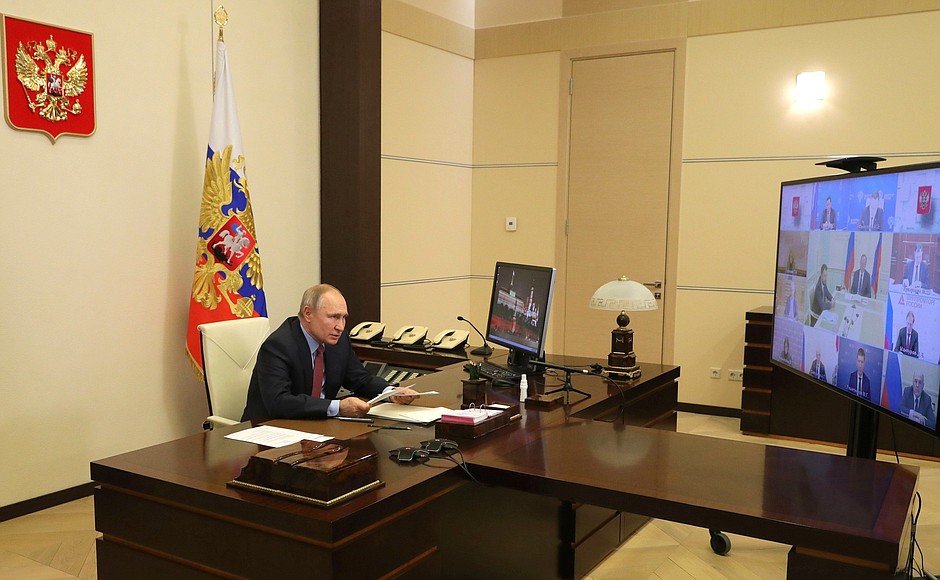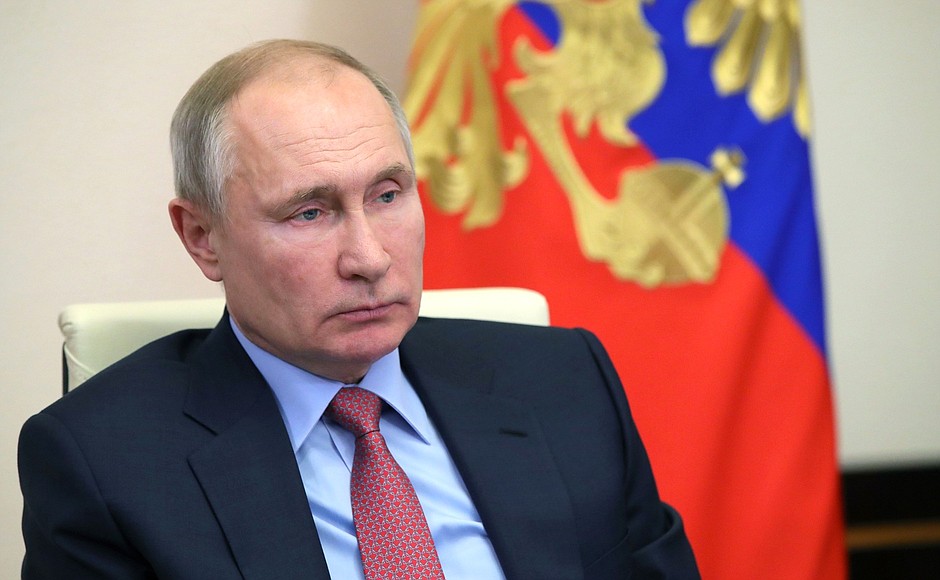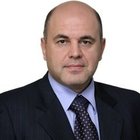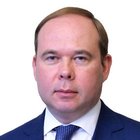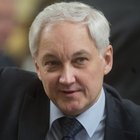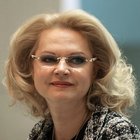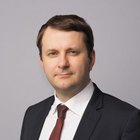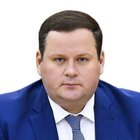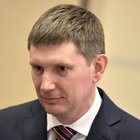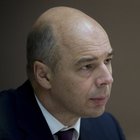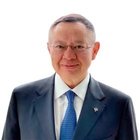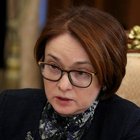The meeting was attended by Prime Minister Mikhail Mishustin, Chief of Staff of the Presidential Executive Office Anton Vaino, First Deputy Prime Minister Andrei Belousov, Deputy Prime Minister Tatyana Golikova, Deputy Prime Minister Marat Khusnullin, Aide to the President Maxim Oreshkin, Minister of Labour and Social Protection Anton Kotyakov, Minister of Industry and Trade Denis Manturov, Minister of Economic Development Maxim Reshetnikov, Minister of Finance Anton Siluanov, Minister of Construction, Housing and Utilities Irek Fayzullin, and Central Bank Governor Elvira Nabiullina.
* * *
President of Russia Vladimir Putin: Good afternoon, colleagues.
Last year, we held a number of meetings on the developments in the Russian economy and in the global markets. Actually, this has become a tradition, and we do it on a regular basis. This year we will continue these efforts, regularly follow trends in key sectors, and analyse issues that companies and personnel in Russia have to face.
I should stress here that we are talking about both Russia and the world in general. We now see persisting factors of instability of economic development across the globe. We are aware that this is caused by the effects of the pandemic, forced restrictions, and violations of global cooperation and trade links.
See also
In these circumstances, it is essential to take prompt and timely decisions that would be relevant for businesses and citizens and will have an actual positive effect on enterprises, organisations, regions, and the country in general.
In view of this, I suggest that today we discuss the preliminary results of national social and economic development last year and the forecast for the current year, and take a comprehensive look at the current developments and steps to be taken in the short- and medium-term.
As I have already mentioned, the impact of the economic recession in Russia last year was not as intense as in many developed and developing economies, as we all know. In late 2020, a number of macroeconomic indicators returned to their pre-epidemic levels. I am referring, in particular, to railway cargo volumes, electricity consumption, and several other indicators.
Unfortunately, last year saw a greater inflation rate, which exceeded the inflation target announced by the Bank of Russia and amounted to 4.9 percent. Some groups of commodities, primarily foods, saw a more sizable price hike of 6.7 percent. Ans these are only average figures. However, there was a significant, noticeable surge in prices of certain categories of commodities, due in part to increasing global prices of food products as well as a number of other factors, of course.
As I have said, we have already discussed this at one of our meetings. We agreed to closely follow and monitor the situation. I suggest returning to this matter soon and reviewing it in great detail, considering the January 2021 results.
Next. The past few months have seen a decline in unemployment. I would like to note that we managed to prevent an upsurge in unemployment during the tense period of the pandemic. This was also accomplished through measures to support the economy and small and medium-sized businesses at the federal, regional and local levels.
After hitting an all-time high of 6.4 percent in August 2020, unemployment rates decreased to 6.3 percent in October and 6.1 percent in November. However, these levels remain high and exceed 2019 levels by about 1.5 percent.
It goes without saying that we need to preserve and consolidate an employment-growth trend in the Russian economy. We have to completely restore the labour market before the year is out. As you know, this task has been set before the Government, and it must be accomplished.
On the whole, I would like to note that, instead of merely getting back to pre-crisis macroeconomic indicators, we have to facilitate sustainable development. This concerns the national economy, the social sphere, demographics (we have to discuss this matter separately), the environment and other highly important national goals, set in the Executive Order on long-term national targets.
Today, I would like to separately address the situation in the housing construction sector and the real estate market. I would like to recall the task that has been set here: we need to build housing at a rate of 120 million square metres per year before the decade is out. At the same time, at least five million Russian families should improve their living conditions each year.
Last year, we launched an easy-term 6.5-percent mortgage programme. We created additional opportunities for Russian citizens, so that they could purchase new, high-quality housing. Loans worth about one trillion rubles have already been issued under the programme. About 350,000 families have purchased flats on the primary market.
Additionally, easy-term mortgages supported the construction sector, just as we had planned. We have been commissioning more and more housing since August 2020.
At the same time, housing market disproportions have emerged in some regions. Real estate prices are growing considerably, and there is a shortage of affordable flats.
In this connection, I suggest discussing measures to even out the pricing situation on the market, including through expanded housing supply. Today, I hope to hear about specific measures and actions on this score.
<…>
